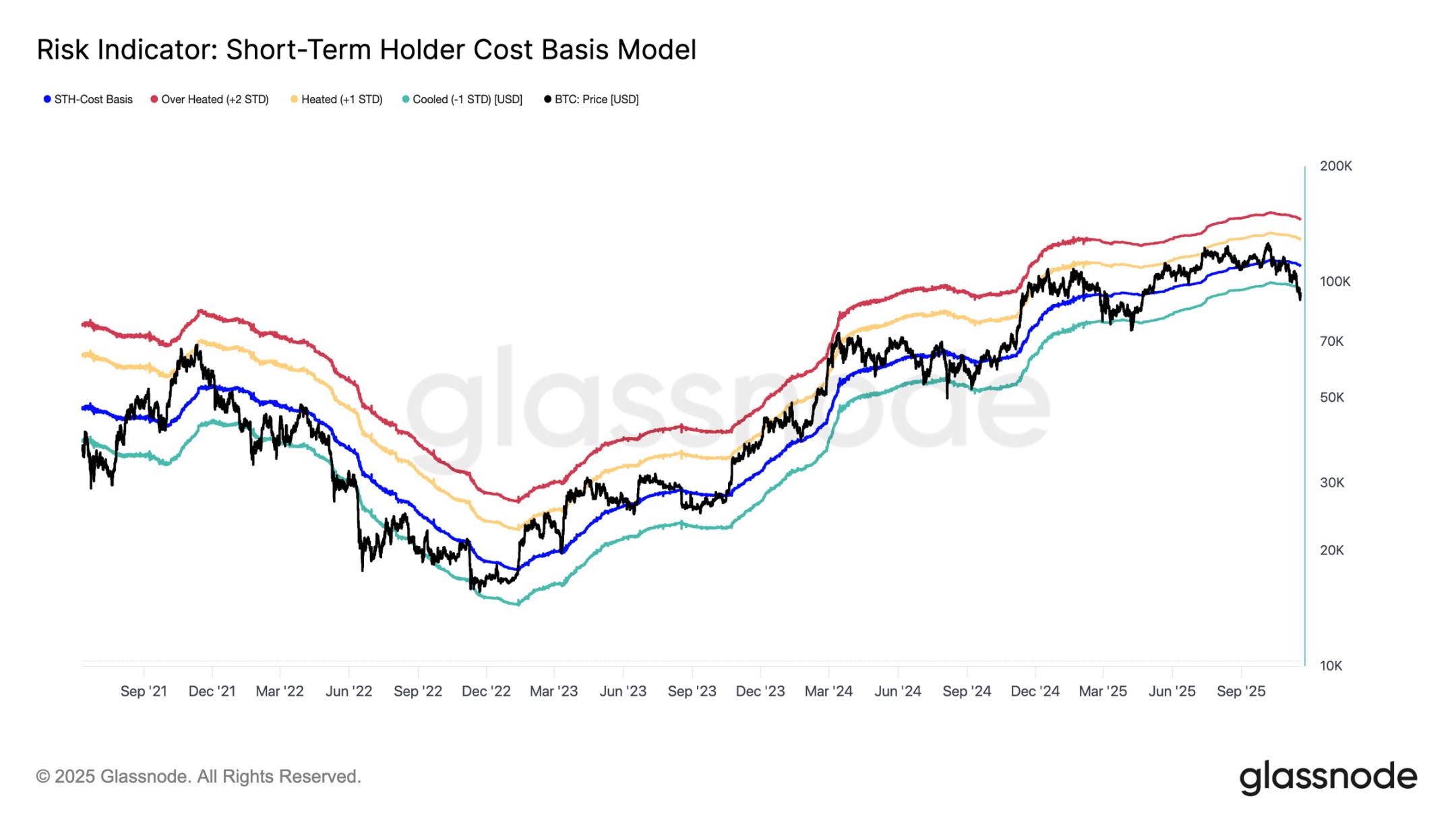Event Review 🔥
In the previous trading session, starting from the 23:00 opening, the price of bitcoin (BTC) plummeted from around $91,000 to about $86,000 within just 151 minutes, a drop of more than 5%. This round of sharp decline not only shocked the entire crypto market but also triggered a wave of liquidations of high-leverage positions, with some whale accounts being forced to close out, resulting in a chain liquidation effect. Meanwhile, the US government shutdown, macroeconomic data uncertainty, and the Federal Reserve officials’ tightening stance on rate cut expectations further intensified risk-off sentiment in the market, leading to a broad sell-off of risk assets, with BTC, as a high-risk asset, naturally becoming the hardest hit.
Timeline Review ⏰
- 23:00 – At the opening, BTC price was around $91,000, and the market began to experience significant volatility. At this time, US government data collection was hindered, making it impossible for the market to obtain clear economic data, and Federal Reserve officials warned of uncertainty regarding rate cuts in the near term.
- 23:00 to 01:30 – In just 151 minutes, BTC plunged from about $91,100 to around $86,200, a drop of about 5.3%. During this period, both long and short leveraged positions were frequently liquidated, and major accounts (such as some “Maji Big Brother” accounts) were forced to close out. Their high-leverage operations triggered market panic.
- Around 01:00 – Trading platforms began to show that the contract liquidation amount in the past hour reached $100 million, with long positions accounting for as much as 43%, further pushing BTC down to a key support level (some data showed as low as $86,665).
- 02:00 – Despite a brief rebound, the latest price recovered to around $87,000, but overall panic sentiment and liquidity risk remained unresolved.
Analysis of Causes 💥
This BTC plunge can mainly be attributed to two major factors:
- Macroeconomic Uncertainty and Monetary Policy Shift
- The US government shutdown led to obstacles in collecting some key economic data, exacerbating market uncertainty about the economic outlook.
- There were obvious internal differences within the Federal Reserve, with several officials taking a cautious stance on near-term rate cuts, instead tending to maintain or even tighten policy, which caused risk-off sentiment to rise rapidly in the market.
- Against the dual backdrop of insufficient data and policy shifts, investors fled high-risk assets, intensifying capital outflows and overall market selling pressure.
- Internal Leverage Risk and Chain Liquidations
- A large number of traders used high leverage for long positions. When the price hit key support levels, high-leverage positions faced forced liquidation pressure, resulting in a chain reaction of liquidations.
- Continuous liquidations of whale accounts intensified panic sentiment, further driving prices down.
- The contract market saw nearly $100 million in liquidations and a net outflow of $100 million from major players within an hour, indicating a sharp increase in internal liquidity risk and triggering a suicidal selling cycle.
Technical Analysis 🔍
Based on Binance USDT perpetual contract 45-minute candlestick data, the current technical situation is as follows:
Price Trend and Moving Average Arrangement
The price is moving along the lower Bollinger Band, approaching the oversold area.
The current price is below the MA5, MA10, MA20, MA50, and EMA series moving averages, with the moving averages showing a perfect bearish alignment, indicating that the short- and medium-term downtrend remains strong.
Indicator Signals
The KDJ indicator is in an oversold state and beginning to converge, which may signal a short-term rebound;
The RSI indicator also shows an oversold state, but in the overall downtrend, the rebound risk is limited.
The MACD histogram continues to shrink, indicating that selling pressure has not subsided and downward momentum remains strong.
Trading Volume Dynamics
The 10-day and 20-day moving averages show trading volume up by about 134% and 69%, respectively, indicating that recent market activity is high, mainly due to panic selling.
Liquidations and Large Transactions
In the past hour, the total liquidation amount across the network reached $50 million, with long liquidations accounting for a staggering 97%, showing high leverage risk and market panic sentiment.
Major players saw a net outflow of $100 million, further confirming a large outflow of funds and increasing downward price pressure.
Market Outlook 🌅
The current market is in a state of high panic, with overall volatility intensifying. In the short term, as technical indicators show oversold conditions, there may be local rebound signals, but considering the macro environment and high on-chain leverage risk, the magnitude and sustainability of this rebound are limited. The main risks for the future market are reflected in the following points:
Support Level Test
BTC's current key support level is around $87,000. If it fails to hold, there may be a larger decline, with some analysts suggesting the risk of further movement toward the $86,000 or even lower area.
Liquidity and Liquidation Risk
There are still many high-leverage long positions, and market sentiment remains in a state of panic, which could trigger a chain liquidation effect at any time, further exacerbating the decline.
Macroeconomic Uncertainty
The interruption of government data collection and the Federal Reserve's tightening expectations are unlikely to change in the short term. The market will continue to focus on subsequent official data releases and policy shift signals.
Overall, it is recommended that investors remain cautious in the short term and strictly control positions and risk. For traders with a higher risk appetite, short-term rebound opportunities in technically oversold areas can be watched, but beware of the possibility of another consolidation due to pullbacks. Long-term investors should consider market sentiment and macroeconomic fundamentals, gradually building positions during local oversold periods, while implementing risk control measures and waiting for the market to gradually return to rationality before making medium- to long-term allocations.
— This crash reflects both the impact of macro policy and data uncertainty, and exposes the fragility of the market's internal high-leverage structure. In times of extreme volatility, rationality and risk control are always more important than chasing gains or cutting losses.



